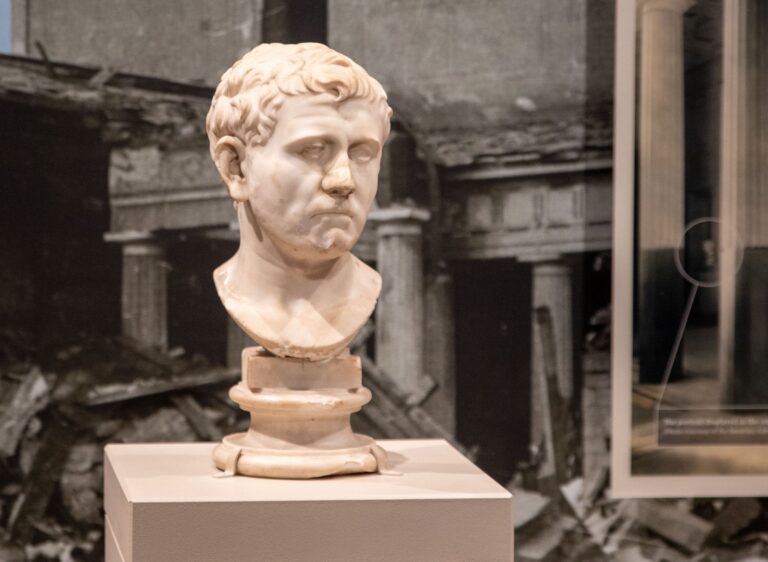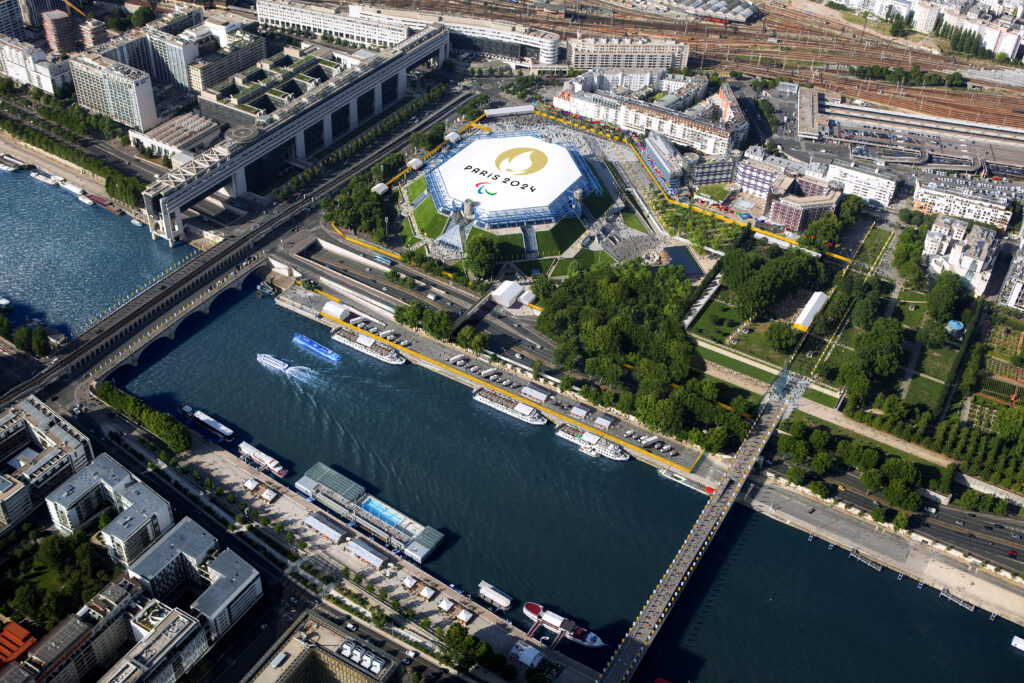What’s the most unique item you’ve spotted at a thrift shop? Laura Young has a find that’s hard to top.
Young, a savvy antique dealer and business owner from Texas, was browsing a Goodwill in Austin in 2018 when she found a 2,000-year-old Roman bust that once belonged to King Ludwig I of Bavaria.
According to The New York Times, Young noticed a worn-looking sculpture on the floor, under a table. Something about it struck her eye, so she purchased the 52-pound marble statue for $34.99, strapped it into her passenger seat, and went home to find out any information about it on Google. 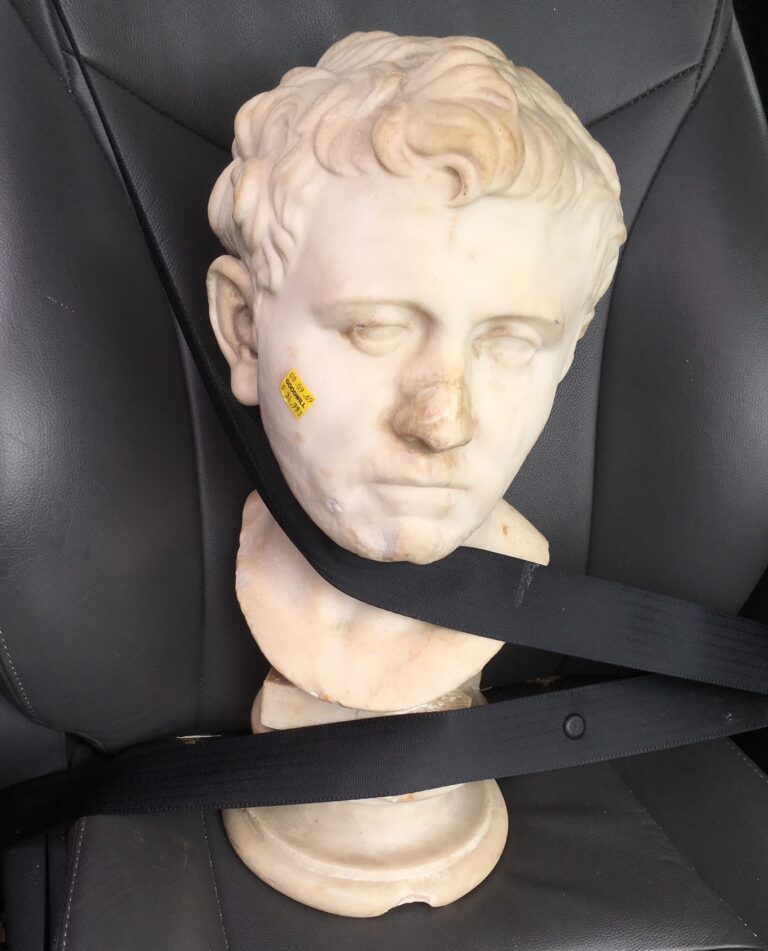
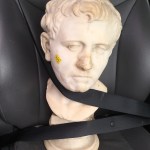
“I got it outside in the light,” she said, per The Times. “He had chips to the base. He had clear repairs. He looks old. I’ve been to museums. I’ve seen Roman portrait heads before.”
Her instincts turned out to be right.
After reaching out to different auction houses, Young got confirmation from Sotheby’s that the sculpture was a marble Julio-Claudian-era Roman bust, dating back from the late first century B.C. to the early first century A.D., according to the San Antonio Express-News.
The piece was further authenticated by the Bavarian Administration of State-Owned Palaces, Gardens, and Lakes. 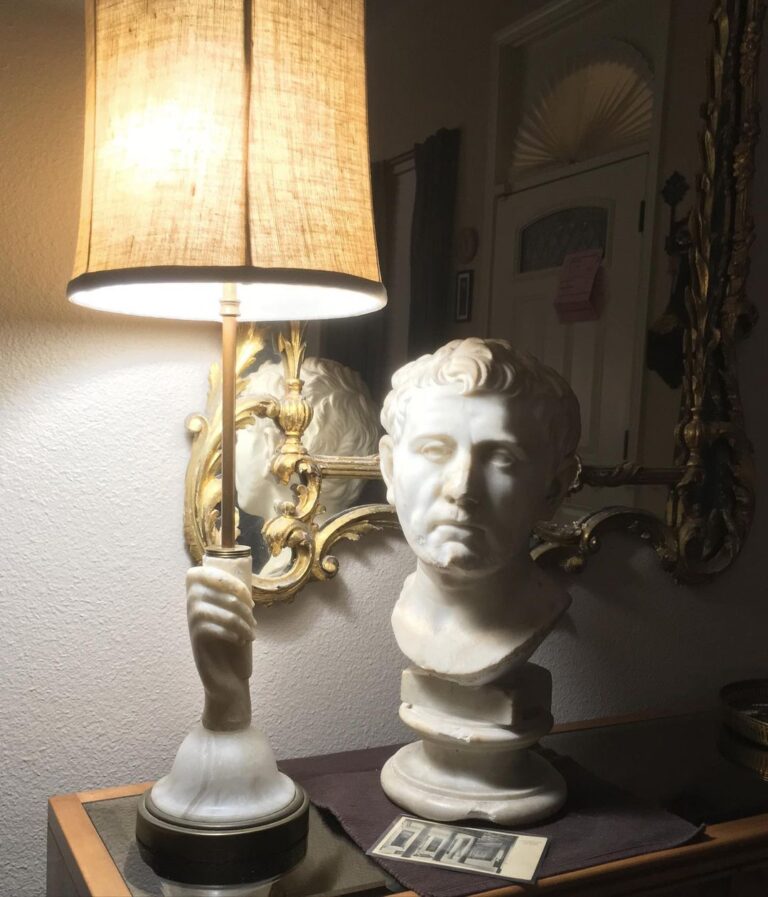
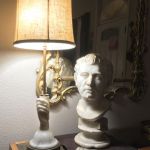
However, what’s so special about the sculpture isn’t so much what it is but where it was found.
“There are plenty of Roman portrait sculptures in the world. There’s a lot of them around. They’re generally not in Goodwills,” Stephennie Mulder, an art history professor at UT Austin, told KUT 90.5, NPR’s Austin station. “So, the object itself is not terribly unusual, but the presence of it here is what makes it extraordinary.”
So how exactly did this Roman statue wind up all the way across the Atlantic in “The Friendship State”?
The Times reported that King Ludwig I acquired the statue before 1833. He displayed it in the courtyard of the Pompeiianum (a replica of a villa from Pompeii), which he commissioned in Aschaffenburg, Germany.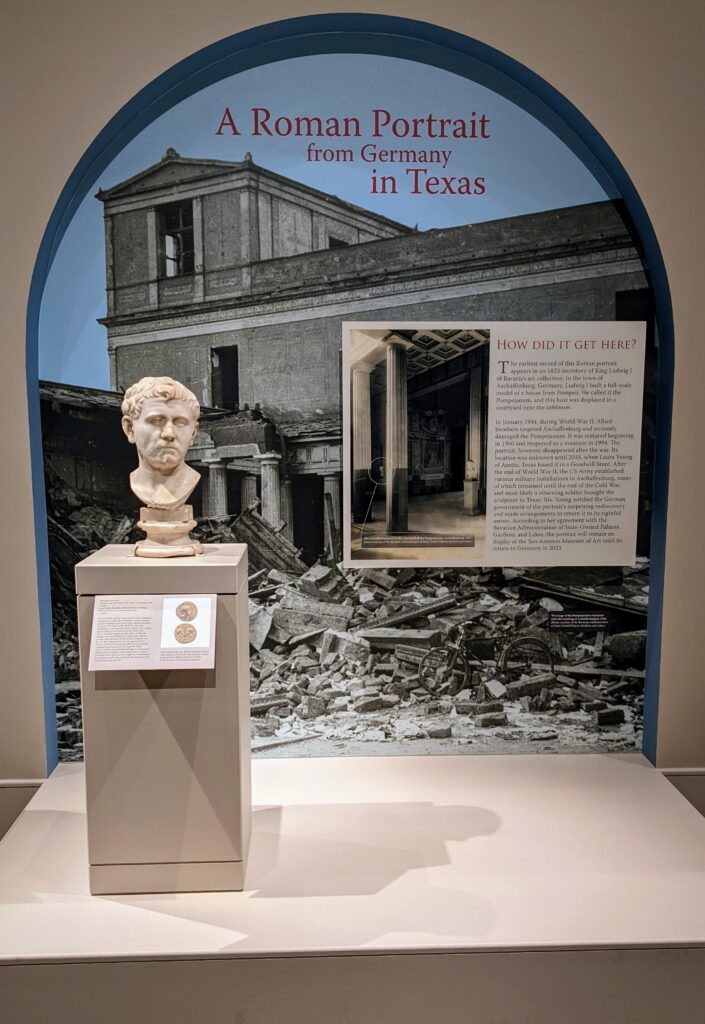

This area was “heavily damaged” during World War II and the Roman bust was nowhere to be found. It’s likely that a service member from the U.S. nabbed or traded for it at some point after the war and brought it to the U.S.
For decades, the bust was unidentified until Young found it five years ago.
The portrait is set to return home to Germany in May, after being on display at the San Antonio Museum of Art for a year. NBC News reported the statue’s year-long exhibition in Texas was part of an agreement that was reached after Young notified the German government of the discovery.
“It was really, really exciting to see him in a museum,” Young said of the statue she nicknamed “Dennis” after a character from It’s Always Sunny in Philadelphia. She added, “It was kind of surreal; he had been in our living room for over three years.”
Time will tell what unique thrift store gem Young stumbles upon next. In the meantime, the Temple of Vintage owner is grateful for her time with the historic piece.
“I’m glad I got to be a small part of (its) long and complicated history,” Young told SAMA, “and he looked great in the house while I had him.” 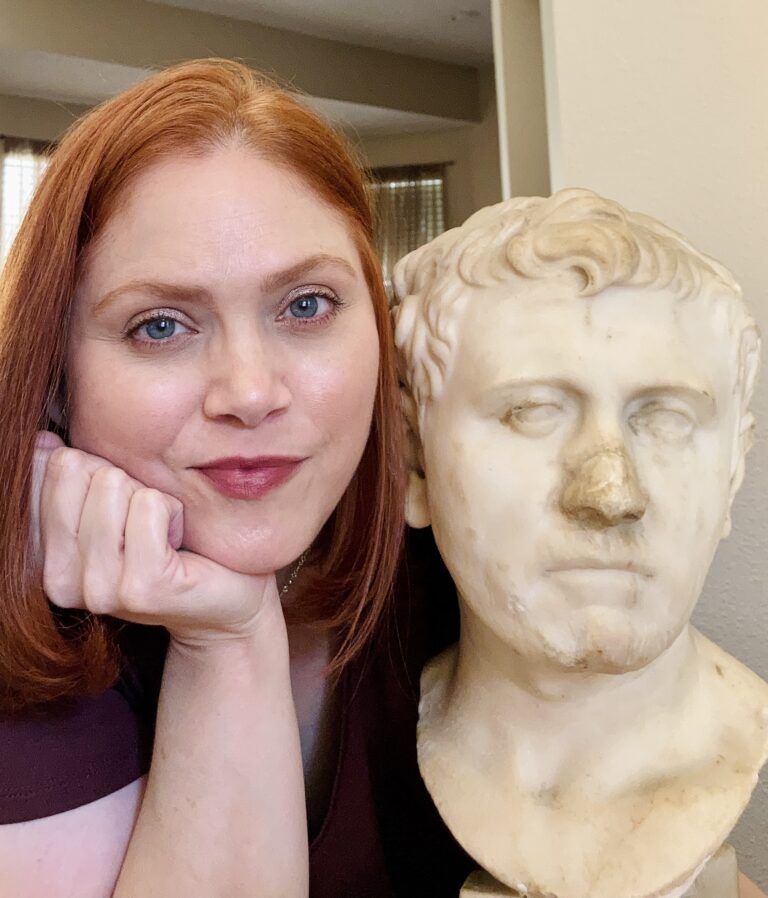

Luckily, Young can still visit “Dennis” in Germany, where he will either return to the original location at the Pompeiianum in Aschaffenburg or join the rest of Ludwig I’s collection at the Munich Glyptothek, per Artnet News.
